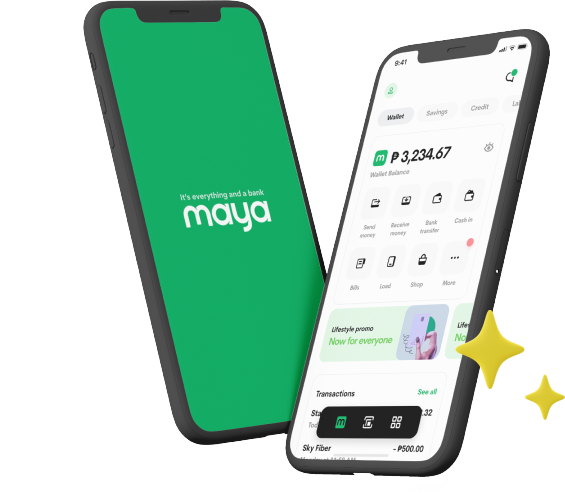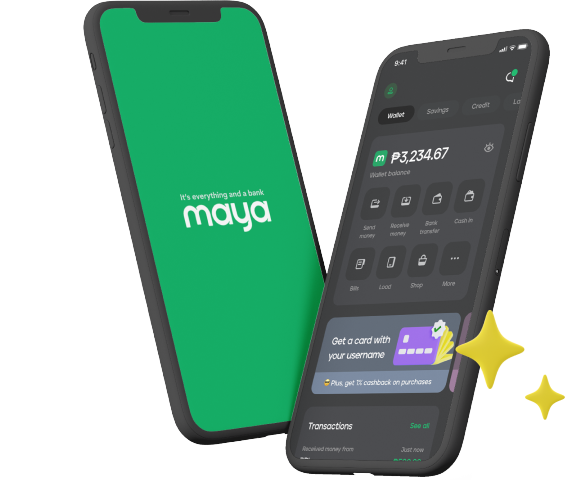
In recent years, freelancing has become a welcome alternative to the rigid structure of traditional employment for many. Aspects such as the promise of more flexible hours, the chance to work from anywhere, or the freedom to handpick projects have made the gig economy increasingly appealing to a growing number of workers looking to shape their own path. With digital platforms and remote work opportunities now more accessible than ever, diving into freelance work has become a realistic and often empowering choice.
That said, freelancing isn't always as smooth or glamorous as it might seem from the outside. You may get to skip the home-to-office commute or curate your client list, but you’re also fully responsible for your income, time management, and business operations. It’s completely normal to struggle with these things, especially at the beginning. The good news is that support systems are evolving, too. If you're just getting started in the world of gig work, having a financial partner like Maya can help you manage your freelance income with more confidence.
Let’s talk about some of the most common challenges freelancers face today and what you can do to overcome them with the right strategies and tools.
Unpredictable Income Streams
Few things unsettle a freelancer more than not knowing when the next paycheck will arrive. Some months might be flush with projects, while others are worryingly quiet. Even with a full workload, payment delays from clients can throw off your entire financial rhythm. The absence of a steady paycheck means you need to manage cash flow carefully and plan for slow periods before they happen.
That’s why you need to put systems in place that help stabilize your finances. Start by streamlining how you receive payments. If you work with overseas clients, for instance, PayPal is likely to be your go-to freelancer payment method. Our ongoing promo for PayPal to Maya transfer can save you money and time. New users who link Maya to PayPal and transfer at least PHP 7,000 in one go can get PHP 250 cashback, which effectively covers the usual withdrawal fee. It’s a straightforward way to keep more of what you earn.
But saving on fees is just one part of the picture. You’ll also want to make the money you do receive work harder for you. With Maya Savings, you can earn competitive interest rates that grow your gig income passively over time—no need to make risky investments or jump through hoops. Solutions like Maya Easy Credit also give you access to short-term credit within the app, which can help you bridge the gap during lean months or cover urgent expenses. And soon, we’re aiming to offer affordable insurance and give you even more protection for the freelance lifestyle you’ve worked hard to build.
Client Management Issues
Working with clients can be incredibly rewarding until it isn’t. Freelancers often find themselves in tricky situations where their clients change project expectations midway, send feedback in late, or leave invoices unpaid. Without a manager to mediate or a legal team to enforce terms, you’re left to navigate these challenges on your own.
That’s why setting boundaries and systems upfront is so important. Start every engagement with a clear, written agreement that outlines the scope of work, timelines, payment terms, and revision limits. It doesn’t need to be full of legal jargon; it just needs to reflect mutual understanding. Clear communication throughout the project is just as critical. Regular updates and check-ins can help keep the client aligned and prevent misunderstandings.
Time Management
It can be surprisingly difficult to manage your time when it’s entirely your own. Without the structure of a fixed schedule or a manager assigning tasks, freelancers often find themselves overcommitted, working odd hours, or struggling to separate work from rest. The result is a blurred work-life boundary that can quickly lead to burnout if left unchecked.
One of the most effective ways to stay in control is to create a consistent daily routine. Set specific work hours and define your breaks the same way an office job would. Tools like digital calendars, task managers, or time-blocking apps can help you stay organized across multiple projects and deadlines. There’s no need to aim for rigid scheduling here. What you’re ultimately trying to do is give your day some structure so you don’t lose momentum or forget to log off.
Lack of Employee Benefits
When you’re a full-time freelancer, you're not just the worker; you’re also your own HR department. That means no automatic health insurance, no paid leave, no retirement contributions, and no safety net unless you build one for yourself. It’s a major shift from what many people are used to, and it can catch new freelancers off guard.
While there’s no universal fix, planning for these gaps proactively can go along way. Look into private insurance providers that cater to self-employed individuals and make space in your budget for both monthly premiums and personal time off. Consider creating a self-funded leave plan so you’re still covered when you need to step away from work for any reason, whether it’s rest, travel, or emergencies.
Self-Marketing and Finding Clients
No matter how talented you are, freelance work won’t come if you don’t put yourself out there. Many freelancers, especially those coming from traditional employment, can find self-promotion awkward or even overwhelming. But marketing is a skill like any other, it does become easier to manage and more effective over time, as long as you practice.
Start by creating a clean, updated portfolio that showcases your best work. If possible, include testimonials from previous clients to build credibility. Use social media and professional platforms like LinkedIn to share your expertise and make connections. Don’t underestimate the power of word-of-mouth, either. Some of the best projects come from referrals, so make it a habit to ask happy clients to recommend you to others.
There’s undeniably a learning curve to freelancing, but that doesn’t mean you have to navigate it alone. The right tools and support might be all you need to turn everyday challenges into manageable routines. Start building a more stable, empowered freelance life with the Maya app, your all-in-one partner for smarter money management.
You might also like
These Stories on Maya
4 min read
Oct 20, 2025 8:00:00 AM |
4 min read
Oct 17, 2025 8:00:01 AM |
4 min read
Oct 15, 2025 8:00:00 AM |




